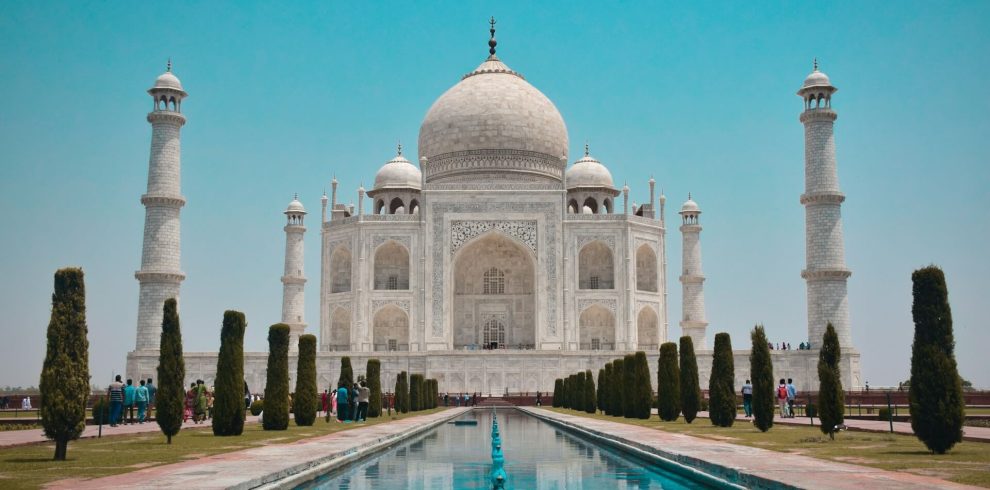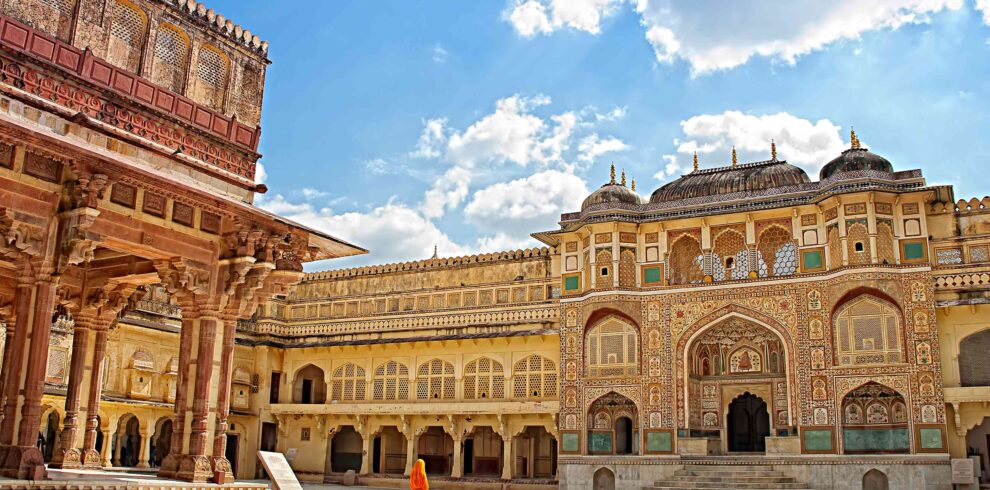- 0
- 3
- 0
- 1
- 1
- 0
- 1
- 1
- 1
- 1
- 0
- 1
- 0
- 1
- 4
- 4
- 2
- 1
- 1
- 1
- 4
- 2
- 3
- 4
- 1
- 1
- 1
- 1
- 1
- 2
New Delhi
Visit New Delhi, India
Sari-clad women, vibrant flower markets, imposing architecture and treasured temples: all the nuances of India are on show in Delhi. Often seen as merely a transit hub to explore the wider area, it’s worth investing some time here. Established in 1,000 BC, Delhi has a rich history that’s tangible through its line-up of sites. Explore the legacy of the Mughal Empire at the Red Fort and the Jama Masjid Mosque of Old Delhi before getting a feel for colonial India with the vast boulevards of New Delhi. The city’s architecture is some of the finest in North India, but Delhi’s warm inhabitants are keen to show you their city in other ways, and we can arrange activities such as taking a cooking lesson at a family-run hotel or visiting a local community project.
New Delhi
Imperial architecture rubs up against Mughal ruins in New Delhi. The city’s heritage is best appreciated in this district, and the Rajpath (Hindi for “King’s path”) is the ceremonial route, surrounded by well-kept lawns, that cuts through its heart. Stroll along the path past sellers of everything from postcards to dried chilies, until you reach India Gate. A memorial to soldiers who lost their lives during World War I, visit in the evening to see it gently illuminated.
The diplomatic enclaves that surround the Rajpath were designed primarily by British architect Sir Edwin Lutyens. Only a privileged few are allowed past the gated gardens into these buildings, but the exteriors show a fascinating mix of classic British and Indian features. Meander a little further to find Humayun’s Tomb, a 16th-century mausoleum often considered a precursor to the Taj Mahal.

- Jan
- Feb
- Mar
- Apr
- May
- Jun
- Jul
- Aug
- Sep
- Oct
- Nov
- Dec

- Jan
- Feb
- Mar
- Apr
- May
- Jun
- Jul
- Aug
- Sep
- Oct
- Nov
- Dec

- Jan
- Feb
- Mar
- Apr
- May
- Jun
- Jul
- Aug
- Sep
- Oct
- Nov
- Dec

